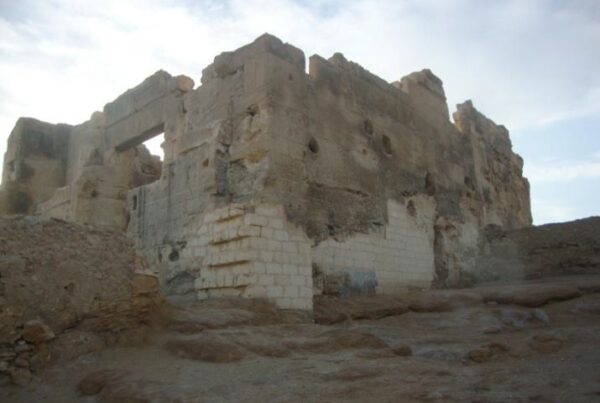by Yussri Salem and Emam Abd Allah
ABSTRACT
This work presents one of the rarest objects from the metallic heritage family, whether as archaeological finds or museum exhibits. A large collection of unstruck coins blanks (flans) and some small metallic pieces in gray color were studied. This collection was found inside a pottery jar and dates back to the Byzantine Age in Egypt (the Coptic period). The aim of this work is the characterization of corrosion products and metallic structure as well as discussing their features. Also, studying the manufacturing technique and a conservation process were performed. The study of structural and chemical composition of the metallic core was carried out by optical microscopy, X-ray fluorescence, and scanning electron microscopy with energy dispersive X-ray mi-croanalysis while surface corrosion products were identified by X-ray diffraction. The results showed that this unstruck flans hoard was made from a lead-copper alloy and the small gray pieces consist only of lead ele-ment. The XRD results showed that the main corrosion products are copper trihydroxychlorides and cuprous oxide. The study also showed a discussion concerning the elemental and microstructural features, the for-mation mechanism of corrosion products and the manufacturing technique of these flans. This hoard is con-sidered archaeological materialistic evidence (an eyewitness) and a unique opportunity to document and con-firm knowledge concerning the manufacturing technology of coins and suggest the location of mints during the Byzantine Age in Egypt.
![]()



